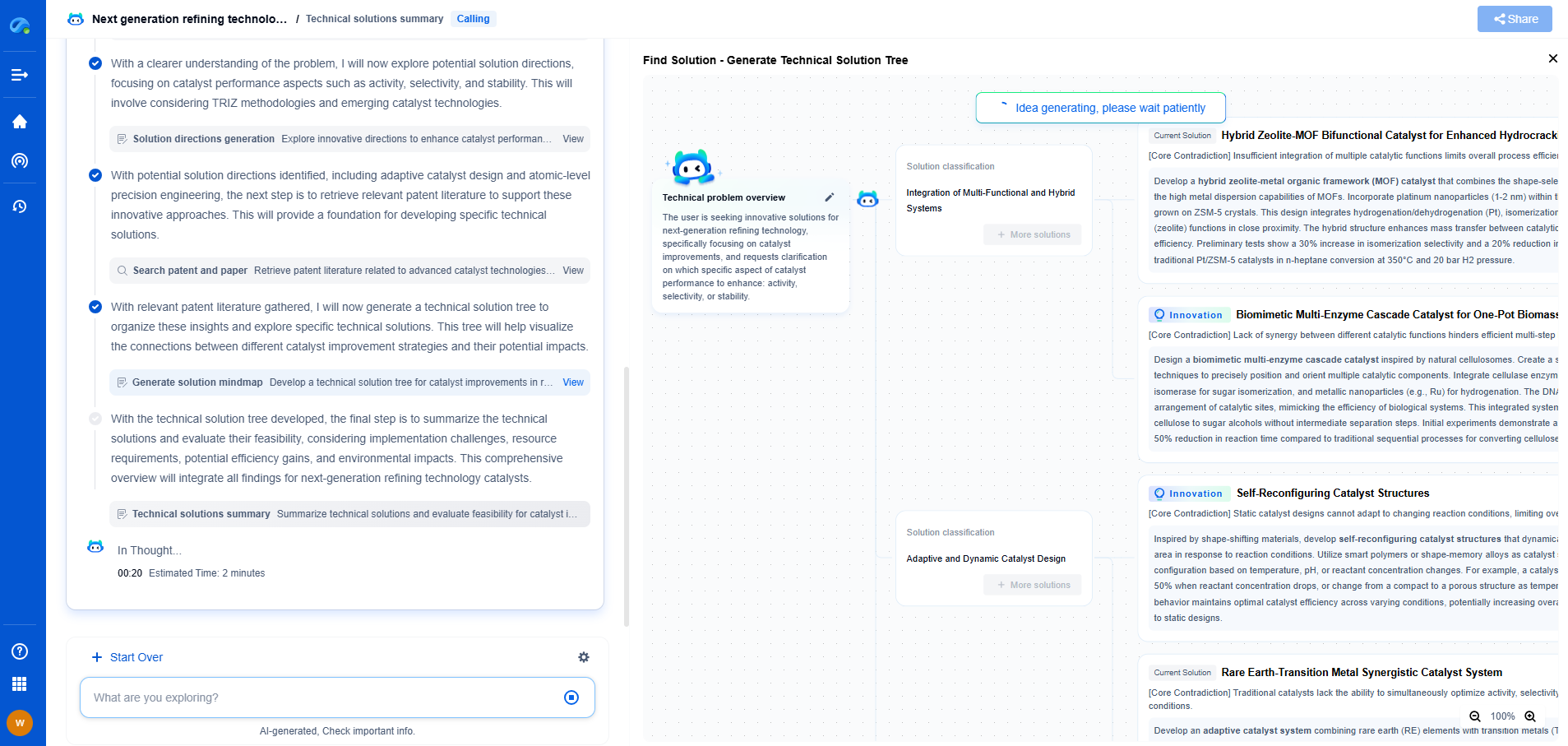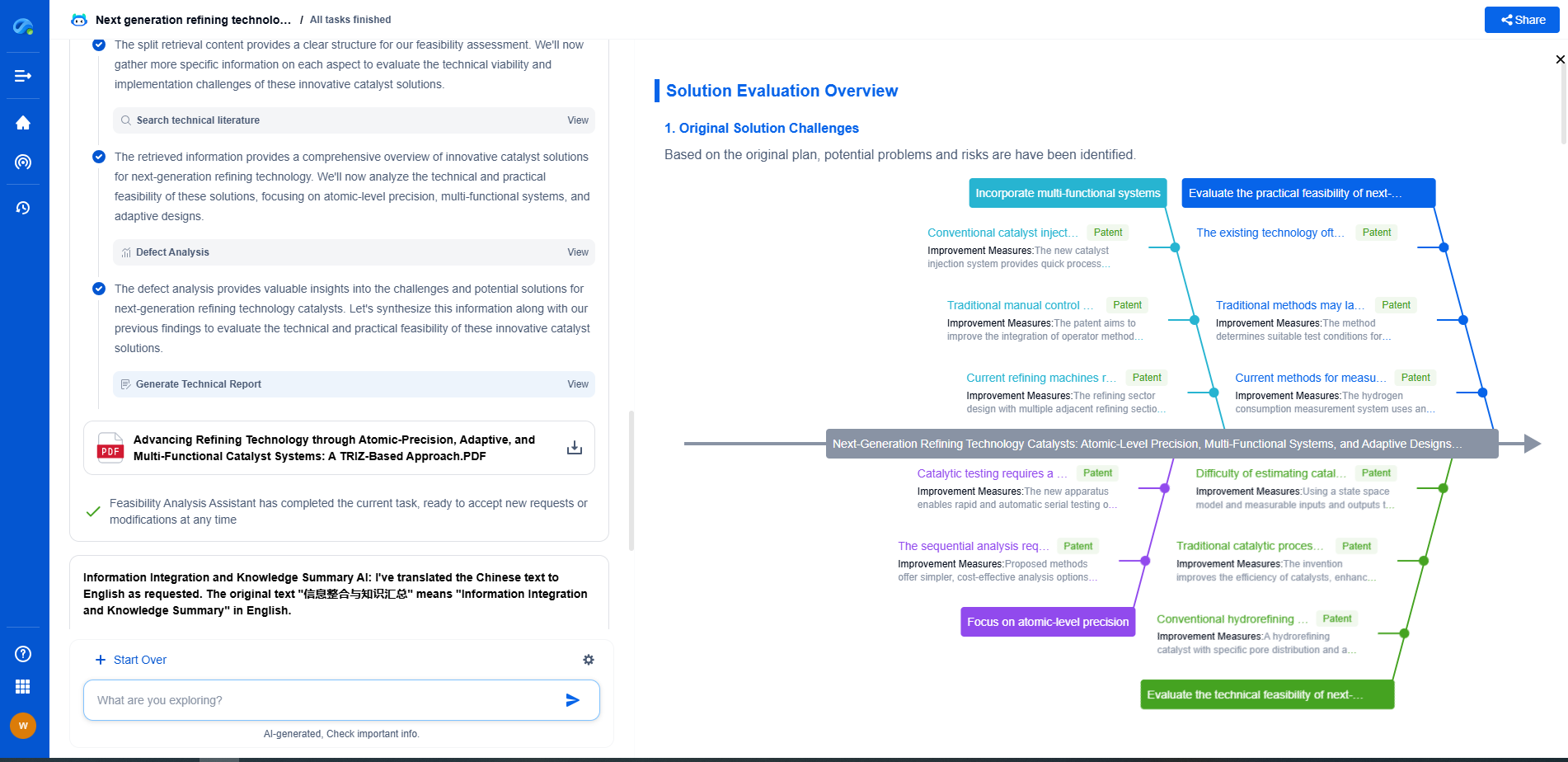Static Bypass vs Manual Bypass in UPS Systems
JUN 26, 2025 |
**Understanding UPS Bypass Systems**
A bypass in a UPS system essentially serves as an alternate path for the electrical supply, often used during maintenance or in instances of UPS failure. This bypass ensures that the critical load continues to receive power, thereby minimizing downtime and preserving the integrity of operations. Bypass systems are generally categorized into two main types: static and manual.
**Static Bypass: An Overview**
The static bypass is an automated feature within modern UPS systems. It utilizes a solid-state switch that automatically transfers the load to the utility power in case of UPS failure or overload situations. This rapid switching capability, typically in the range of milliseconds, is crucial for maintaining uninterrupted power. Static bypasses are integral to achieving high reliability, especially in environments where continuous power is mandatory.
Advantages of Static Bypass:
1. **Speed and Precision**: The major advantage of a static bypass is its ability to transfer the load without any manual intervention swiftly. This minimizes any potential disruptions to the load.
2. **Enhanced Reliability**: Static bypasses are designed to handle automatic switching between the UPS and the utility supply, providing an extra layer of reliability.
3. **Reduced Human Error**: Automation reduces the chances of errors that might occur due to human intervention during critical situations.
Limitations of Static Bypass:
1. **Complexity and Cost**: The technology behind static bypasses is sophisticated, which can increase the initial setup and maintenance costs.
2. **Dependence on Automation**: In situations where the automatic systems fail, there might be complications if manual intervention is not promptly available.
**Manual Bypass: An Overview**
The manual bypass is a simpler and more traditional bypass mechanism. It involves physically switching the power path, usually through a mechanical switch, to bypass the UPS and connect the load directly to the utility power. This method requires human intervention to operate and is typically used during scheduled maintenance activities or prolonged UPS failures.
Advantages of Manual Bypass:
1. **Simplicity and Cost-Effectiveness**: Manual bypasses are generally less expensive and easier to implement, as they do not require complex electronic components.
2. **Control and Flexibility**: Operators have direct control over the switching process, allowing for flexibility during planned maintenance windows.
Limitations of Manual Bypass:
1. **Time-Consuming Process**: The need for human intervention can slow down the switching process, leading to potential disruptions in power.
2. **Risk of Human Error**: Manual operation increases the likelihood of errors during the switching procedure, which can affect the reliability of the power supply to critical loads.
**Comparative Analysis: Static vs. Manual Bypass**
When comparing static and manual bypasses, the choice often hinges on the specific requirements of the facility and the criticality of the load being protected. Static bypasses are typically favored in environments where uninterrupted power is non-negotiable, such as data centers, hospitals, and financial institutions, due to their rapid response time and automation. On the other hand, manual bypasses might be more suitable for smaller setups or situations where cost constraints are a significant factor, and the critical load can tolerate brief interruptions.
**Conclusion**
The decision between a static bypass and a manual bypass in UPS systems involves balancing factors like speed, reliability, cost, and the criticality of the load. Each type of bypass has its own set of advantages and limitations, and the choice should be aligned with the specific operational needs and risk management strategies of the organization. By understanding the distinctions between these two bypass types, facility managers and engineers can make informed decisions that optimize their power protection infrastructure.
Stay Ahead in Power Systems Innovation
From intelligent microgrids and energy storage integration to dynamic load balancing and DC-DC converter optimization, the power supply systems domain is rapidly evolving to meet the demands of electrification, decarbonization, and energy resilience.
In such a high-stakes environment, how can your R&D and patent strategy keep up?
Patsnap Eureka, our intelligent AI assistant built for R&D professionals in high-tech sectors, empowers you with real-time expert-level analysis, technology roadmap exploration, and strategic mapping of core patents—all within a seamless, user-friendly interface.
👉 Experience how Patsnap Eureka can supercharge your workflow in power systems R&D and IP analysis. Request a live demo or start your trial today.
- R&D
- Intellectual Property
- Life Sciences
- Materials
- Tech Scout
- Unparalleled Data Quality
- Higher Quality Content
- 60% Fewer Hallucinations
Browse by: Latest US Patents, China's latest patents, Technical Efficacy Thesaurus, Application Domain, Technology Topic, Popular Technical Reports.
© 2025 PatSnap. All rights reserved.Legal|Privacy policy|Modern Slavery Act Transparency Statement|Sitemap|About US| Contact US: help@patsnap.com

